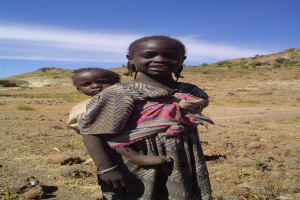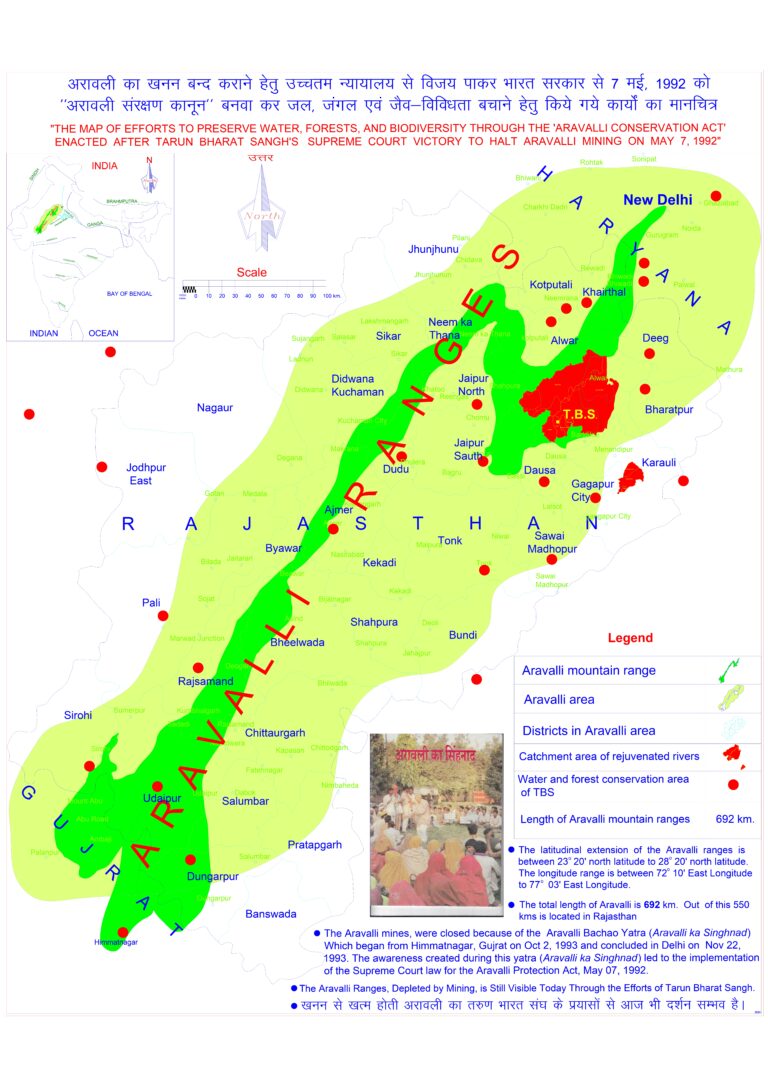
Sudan: Soaring acute food insecurity exacerbated by potential impacts of the war in Ukraine!
Rome/Khartoum: About 10.9 million people or 30 per cent of Sudanese are expected to need life‑sustaining support in 2022, the highest number in the past decade, according to the FAO Humanitarian Response Plan 2022 for Sudan.
The country faces a dire food security situation – a situation which risks being further exacerbated by the cascading effects of the Ukraine conflict.
The situation looks grim for millions as the war in Ukraine is causing further spikes in food prices, as Sudan is dependent on wheat imports from the Black Sea region. Interruption to the flow of grain into Sudan will increase prices and make it more difficult to import wheat. Currently, local prices of wheat are at over $550 per tonne – an increase of 180 per cent compared with the same period in 2021.
Furthermore, the current high prices for fertilizers on global markets will inevitably weigh on Sudan’s ability to import, potentially jeopardising the country’s ongoing and upcoming crops.
In response to the situation there, the Food and Agriculture Organization of the United Nations (FAO) stated today that it is intensifying efforts to address soaring acute food insecurity in the Sudan which is driven by the combined impacts of armed conflict, drought, COVID-19, low production of key staple crops related to infestation by pests and diseases, and economic turmoil.
FAO launched a new project funded by the United Nations Central Emergency Response Fund (CERF), which aims to restore the food security and nutrition of affected farming and pastoral communities in Sudan through the provision of emergency agriculture and livestock supplies.
This vital $12 million contribution from CERF – the largest single allocation to FAO by CERF to date – will support urgent efforts to build the resilience of resource-poor farmers and pastoralists in Sudan’s 14 most severely affected counties.
“This generous contribution from CERF means that FAO can urgently provide essential agricultural inputs to vulnerable farming households before the main agriculture season starts in June. It will ensure that they can produce enough food to meet their needs for the months to come,” said Babagana Ahmadu, FAO Representative to Sudan.
Responding to crises and building resilience
The project will target 180 000 households or 900 000 people among the most vulnerable farming and pastoralist communities, including internally displaced people, returnees, refugees and resident households. With two‑thirds of the population living in Sudan’s rural areas, providing smallholder farmers with agricultural support is essential to the humanitarian response.
The project covers both agricultural and livestock assistance, which aims at rapidly reducing dependence on emergency food assistance and provides a basis for medium- and longer-term recovery. This assistance includes the provision of the certified crops, legume and vegetable seeds, donkey ploughs and hand tools, veterinary vaccines and drugs, animal protein-rich concentrate feed, and mineral licks; as well as donkey carts and productive animals. It also includes the provision of cash and the rehabilitation of community productive assets such as small-scale water infrastructure, hafirs, pasture and other.
In addition to the CERF allocation, FAO said it urgently needs another $35 million to ensure adequate support for two million vulnerable farming and pastoral households to produce their own food, keep their livestock alive and productive, strengthening their resilience.
– global bihari bureau





